This shop has been compensated by Collective Bias, Inc. and its advertiser. All opinions are mine alone. #40Pounds #CollectiveBias
Right now I’m reading Roll of Thunder, Hear My Cry for the first time. It’s been an interesting experience, to say the least. Even knowing my American history, I need to be reminded–often–that not everyone lives (or lived) the way I do. So many people in the world do not have the same privileges and luxuries my family enjoys.
One detail that really hit home is that the children in the book walk for miles, usually barefoot, every day, both directions, rain or shine, so they can go to school. And they’re so cavalier about it, like this is just what we do, it’s not great but oh well.
Guys. Mila’s school is literally a 3-minute walk from our front door, and that’s if we aren’t hurrying. Margot tried walking it barefoot one morning and insisted on being carried about halfway there. We are spoiled, certainly, and I try to remember to be grateful.
When I consider that there are girls like my daughters who don’t have the luxury of getting an education at all, I’m heartbroken. Whether they are banned from school simply because they are female, or they live too far away to attend, or they are busy providing clean water for their families, school is not always an option for young girls around the world. People shouldn’t have to sacrifice their education in order to have enough water to survive! As Mila said when I told her about it, “Well that’s just weird. Everyone should get to go to school!”
Yes. Everyone should. But not everyone can.
I’m so grateful to work with Emergen-C and charity: water today to bring more attention to this issue. Their current campaign is focused on bringing clean water sources to rural communities in Ethiopia. This would enable young girls to attend school instead of hauling 40 pound jerry cans for miles every day so their families can drink, cook, and wash. Having clean water nearby is a HUGE game changer! Everyone’s life improves when they don’t have to exert all their time and energy on securing this necessity.
Side note: did you know David lived in Ethiopia for about a year back in the early 2000s? He did! And he loved it there! The country and its people are dear to our family. If there’s something we can do to improve the quality of life for Ethiopian girls and women while helping them become more self-sufficient, I’m on board 100%.
Emergen-C is issuing a #40Pounds Challenge to raise funds and awareness for charity: water. If you want to skip to the end of this post to find out what you can do to participate, feel free.
But for me, there’s more to it than raising awareness—and hopefully making a difference—via social media. I have my own children to educate, and they don’t follow me on Instagram. It’s my responsibility to teach them about these issues and others facing people around the world. They need to know that there are places out there that are vastly different from Chandler, Arizona. The experiences we have are just a small glimpse of humanity.
I need to be raising global citizens. Children who grow up to be part of a bigger community, and who desire to make the world a better place. It starts at home. Now. When they’re small and curious and actually listen to me. (Sometimes. Ha.)
Below are some of the simple strategies I’m using in my effort to teach my kids about the world. I believe the little things we do will make a bigger impact on their little hearts than all the school assemblies and awareness efforts can. Raising global citizens is an important ongoing effort, but it doesn’t have to be a difficult one.
Raising Global Citizens: Simple Strategies for Parents of Young Children
Use maps + globes in learning activities.
My girls are obsessed with maps. We love looking at them together and talking about what it’s like in faraway places. Beyond that, we like to use maps + globes to practice skills they are learning at school. Here are a few activities we enjoy that you can try with your own little ones:
- Working on very basic geography. This is the obvious one, but learning the cardinal directions, the names of the continents, and other basic geography is what maps + globes are for!
- Identifying colors. Ask questions like: “Can you find a country that is colored purple? How many green countries do you see? Let’s look for a yellow country next to a red one.”
- Practicing letter sounds + basic reading skills. Many country names are surprisingly phonetic. Mila has no trouble sounding out names from Japan to Chad to Peru. Margot likes to find countries that start with certain letters.
- Counting cities, states, countries, or continents. Identify some criteria–all the states that start with “A” or all the countries in South America–and count them together.
- Practicing telling time in different time zones. It’s fun to discover that it’s night in certain parts of the world while it’s day on the other side. Slightly older kids can practice their skills with the clock as they learn about the earth’s rotation.
- Discussing different climates, plants + animals, and landmarks. Talk about why the poles are colder than the equator. Where are the big deserts in the world? Where are the tallest mountains? What animals live there? What plants grow there? This helps open little ones’ eyes to the idea that there are places in the world that look vastly different from their own home.
Read books (and consume other media) from other cultures or set in foreign places.
Mila’s teacher wants us to fill out a reading log every day, and she’s only in kindergarten. The amount of required reading at school is only going to increase for her. For us it’s not a problem yet, because our kids would happily sit and read stories for an hour at a time.
Since we’re reading anyway, I try to make sure we read books from and about a wide variety of peoples, places, and cultures. In addition to blond-haired, blue-eyed protagonists, we look for stories about children with brown and black skin, because our kids are well aware that not everyone looks like them. We read European fairy tales alongside African folktales and Indian myths.
There are two important guidelines I try to use when considering diversity in the media we consume:
- Seek out media created by “own voices.” We can read books about immigrants written by immigrant authors. Watch movies about China created by Chinese filmmakers and/or starring Chinese actors. Look for images of traditional Native American dress that aren’t costumes or caricatures. Study folktales told by those whose childhoods were shaped by those stories. Be mindful of who created the media you consume. When it’s created by outsiders, it’s not always sensitive to or a fair representation of the people in question. That said, there are not always “own voices” readily available to share information. In that case…
- Seek out media that accurately represents the culture in question. It’s tempting for authors and other creatives to romanticize cultures, religions, nationalities, etc. other than their own. But if we want our children to truly become global citizens who care about others, they need to have an accurate understanding of the world.
Which leads me to…
Value empathy over academic success.
I want my kids to do well in school. I want them to learn as much as they can and to value their education. But if they don’t learn generosity and compassion and true empathy along the way, I will have failed as a parent. My goal is to raise kind, hardworking, involved global citizens…not entitled, isolated adults who have no clue about the problems other people face.
This means I don’t avoid discussing differences or answering difficult questions. My kindergartner can absolutely learn about topics like racial prejudice, socioeconomic differences, misogyny, and more. And while part of me wants to protect all my children from the harsh realities of life outside our comfortable neighborhood, I realize that they will need to face these facts sooner or later.
Therefore, I’ve chosen to discuss them in safe, nonjudgmental, age-appropriate ways now. I’d much rather feel uncomfortable while we talk about these things at home than discover they’re learning prejudice and closed-mindedness elsewhere.
Again, I’m so grateful to Emergen-C for giving me an opportunity to step outside my comfort zone and be more aware of global issues. For those of you who have never tried it, Emergen-C is a flavored fizzy dietary supplement you simply stir into a glass of water. (See packaging for specific instructions.) It’s packed with B vitamins, antioxidants† , electrolytes plus more vitamin C than 10 oranges^.* With over 20 flavors, you have plenty of delicious varieties to choose from. We picked up the raspberry flavor in the vitamin aisle of our local Walmart.
CHALLENGE DETAILS:
You can take the Emergen-C #40Pounds Challenge by taking a photo of you carrying something that weighs at least 40 pounds and uploading it to Instagram. Tag @emergenc and use the hashtag #40Pounds. For each photo uploaded, Emergen-C will donate $5 to charity: water projects in Ethiopia. So the more photos we share, the more money we raise!
I hope you’ll join me in taking the challenge!
† Zinc and Manganese
^Based on the USDA.gov nutrient database value for a large, raw orange.
*These statements have not been evaluated by the Food and Drug Administration. These products are not intended to diagnose, treat, cure or prevent any disease.
***
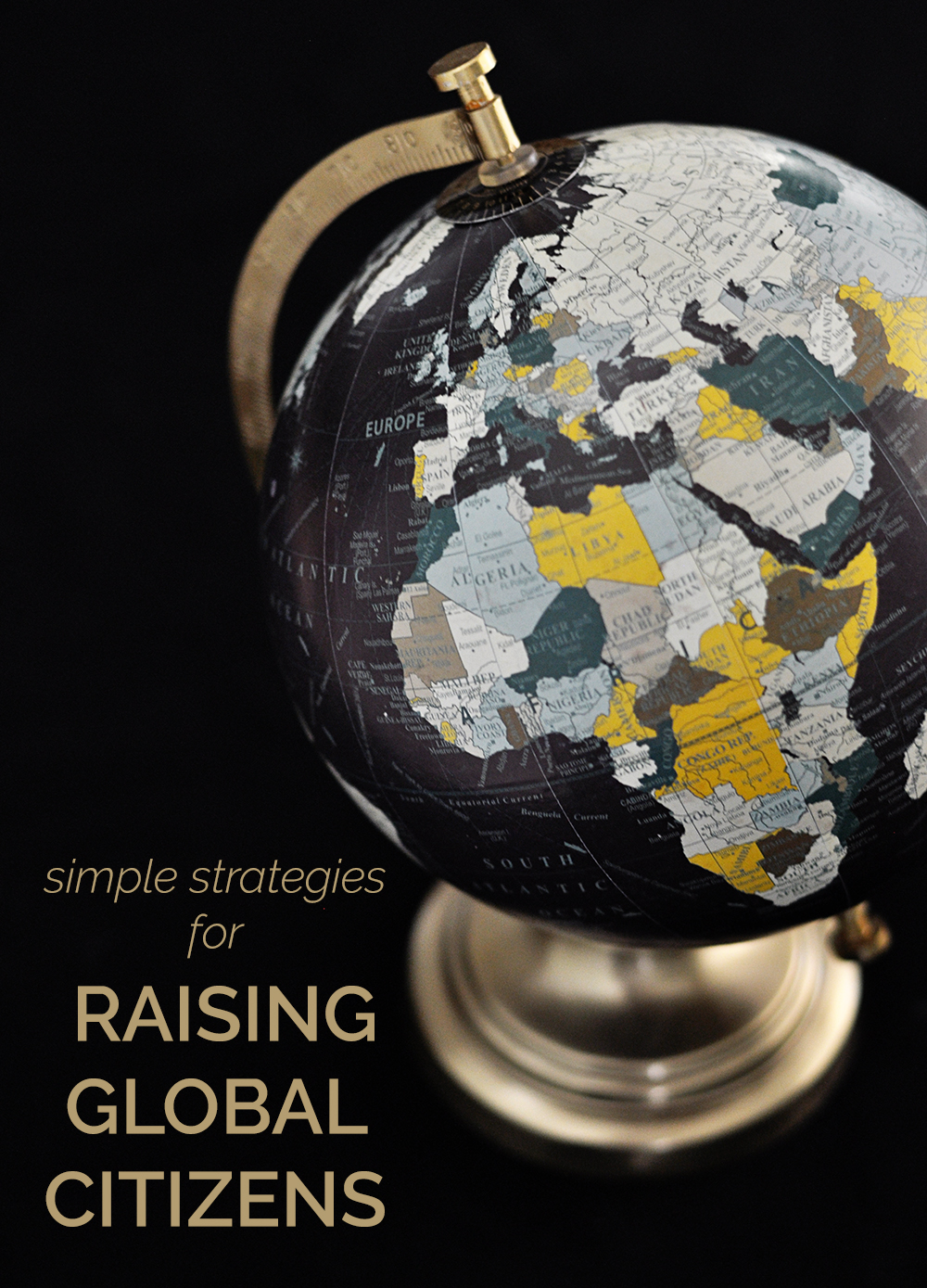


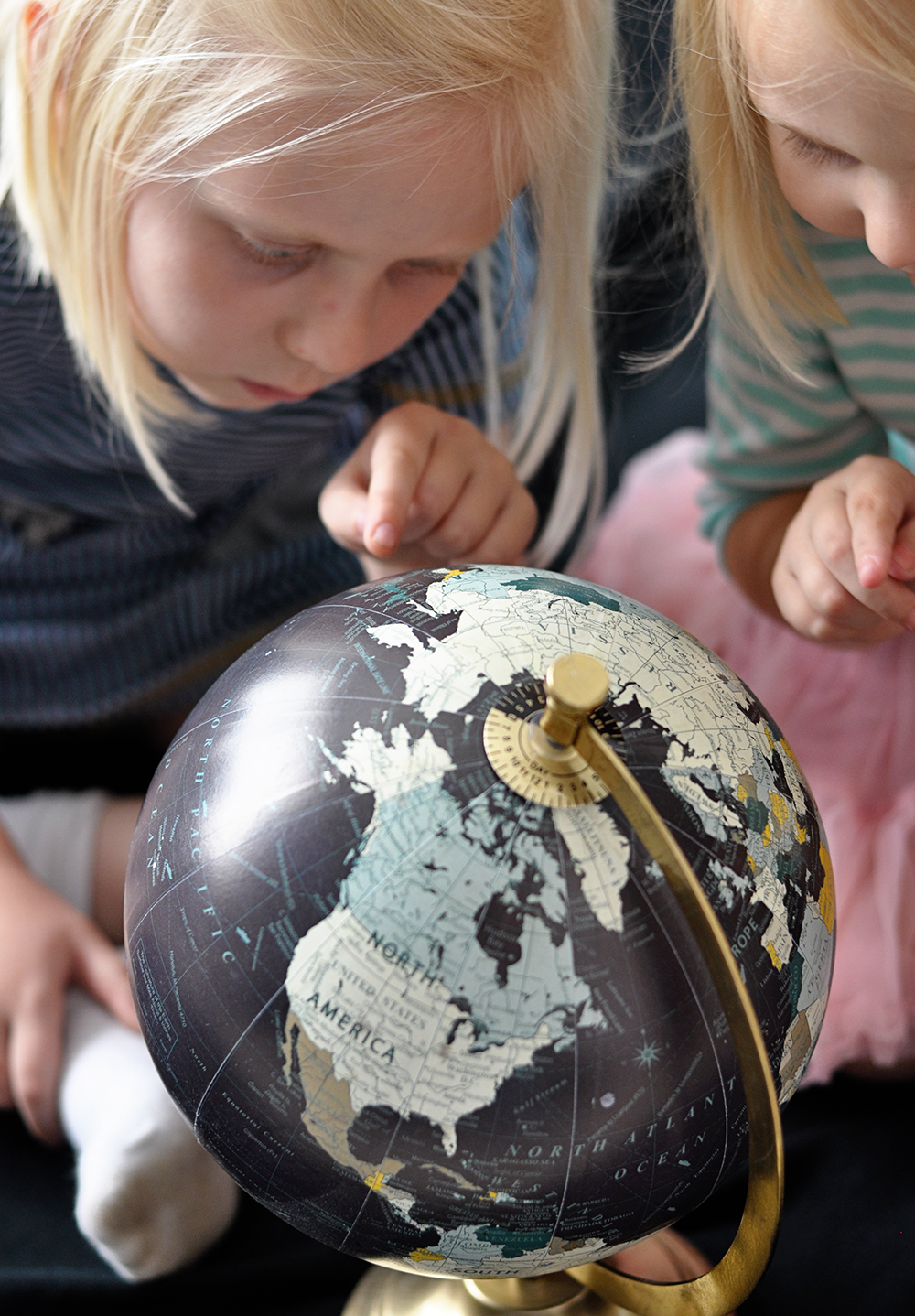

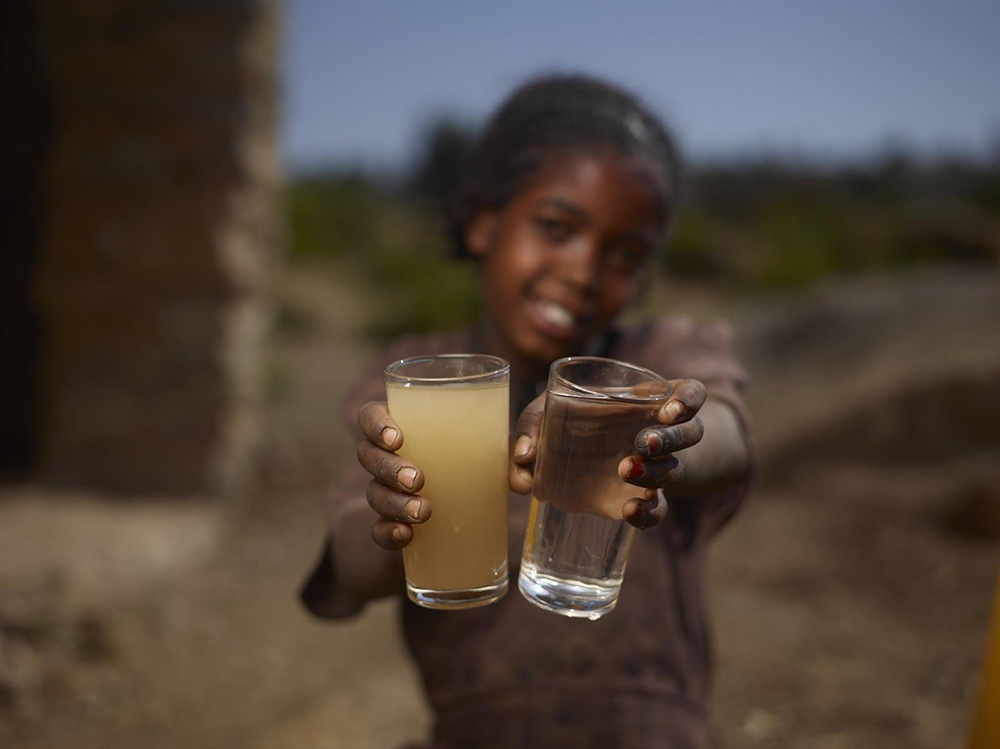
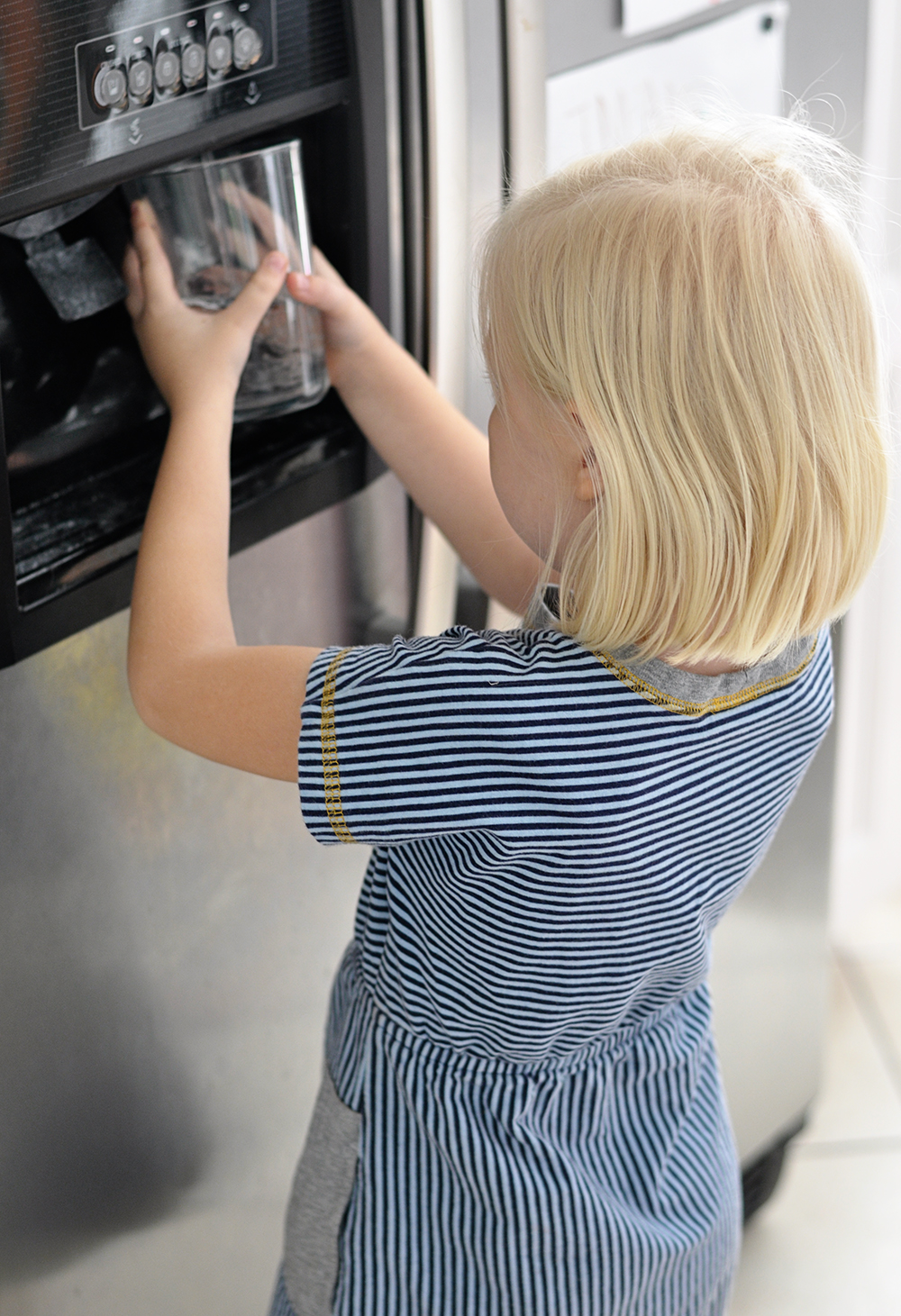

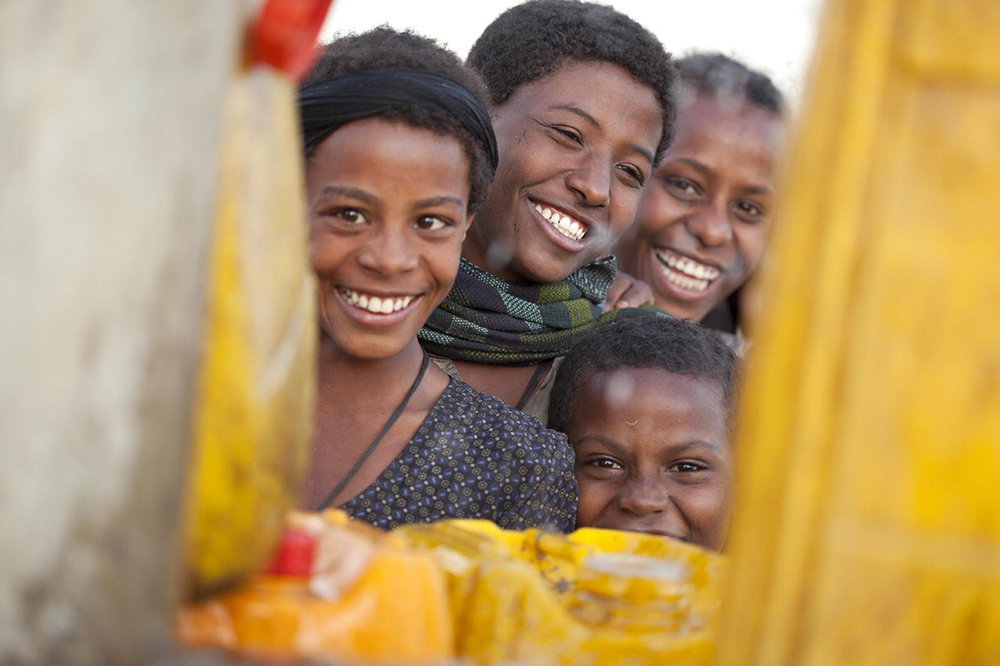



The book your little girl is reading is beautiful! Would you share the info on the book? I love how you are exposing your children to the world around them. Thanks for sharing!
Thanks! I’m sending you info now in case you don’t check back here. For everyone else who wants to know, the book is “Ganesha’s Sweet Tooth” by Sanjay Patel, illustrated by Emily Haynes. It’s gorgeous and clever and one of our very favorites.
I love this post SO SO MUCH! (Also? Map fiend over here, and to date I can name almost every country in under 10 minutes if you give me a map. I’ll start with Canada and work my way south, then up to Iceland and down to South Africa, and up through Asia and the Pacific. It’s one of my most proud accomplishments).
xox
Whoa. You SHOULD be proud! That is seriously impressive! I clearly need to step up my geography game.